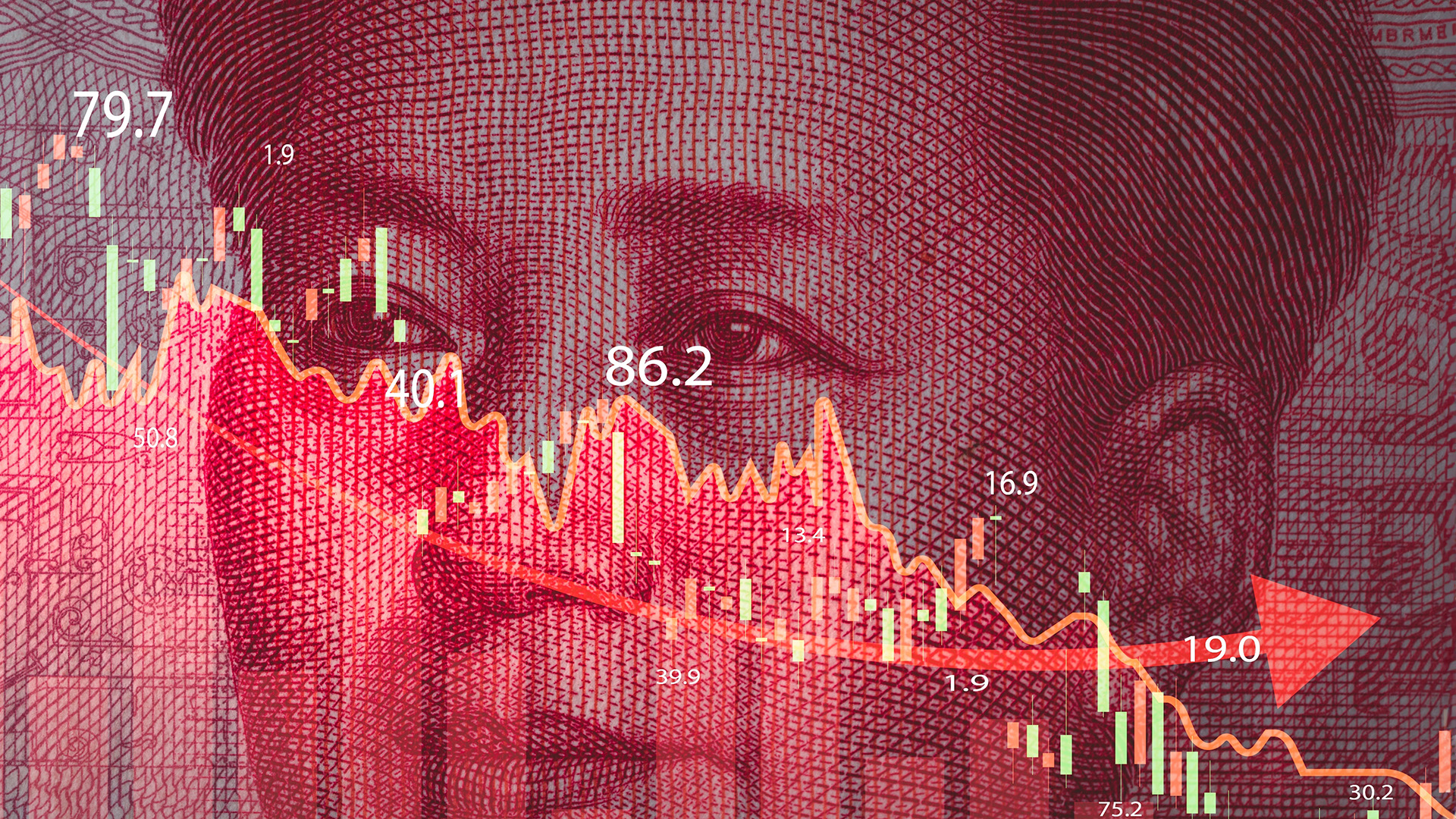In economics, there's a 'good' slowing pace of growth for an economy and a 'bad' or 'unneeded' pace for an economy that's stagnating and in trouble.
In the West, the hope is that central banks are starting to cut interest rates because they are becoming more confident about inflation, with slowing economic activity and demand helping the adjustment.
In China, however, rate cuts happen haphazardly and according to political whim rather than data.
On Monday, though, both whim and data were in tune as China cut rates for the second time this year to help a flatlining economy, especially the black hole known as property.
The news saw the Shanghai market down 0.8% in late afternoon trading, but the Hang Seng in Hong Kong was up by the same amount. Monday's rate moves followed last week's Third Plenum meeting and weak June quarter GDP readings along with mixed activity data in June. In the US, Australia, UK, and Europe, rate cuts are well telegraphed; in China, they appear out of the blue and cut to new record lows, which remain the best signal of the depths of the woes the economy faces.
Monday’s cuts were clearly aimed at helping a fragile economy. The one-year loan prime rate (LPR), the benchmark for most corporate and household loans, was cut by 10bps to 3.35%. The five-year rate, a reference for property mortgages, was also trimmed by the same margin to 3.85%. The cut came after an unexpected action by the central bank just hours before to reduce the seven-day reverse repo rate to 1.7% from 1.8%, the first such cut in nearly a year, amid efforts to optimize open market operations and increase financial support. News media said the seven-day rate could be the future benchmark policy rate as the PBoC recently signaled a shift toward the short-term rate to guide markets. This will reduce the importance of the existing one-year benchmark, the so-called medium-term lending facility rate.
The rate cut followed the release Sunday of the full statement from last week’s Plenum meeting, which was a collection of grandiose slogans (but at least the rate cuts on Monday were actual, real hard policy moves).
Here are the opening three paragraphs of the news report on the release on China Daily’s website. Naturally, being a party-controlled outlet, it reads like a manifesto from party HQ:
"The central leadership of the Communist Party of China unveiled a sweeping plan on Sunday to deepen reform and modernize the country's governance system and capacity, detailing major initiatives to bolster high-level opening-up and self-reliance in science and technology.
"The CPC Central Committee published the full text of the Resolution of the Central Committee of the Communist Party of China on Further Deepening Reform Comprehensively to Advance Chinese Modernization, three days after the leadership body wrapped up its reform-themed third plenary session in Beijing.
"In addition to economic reforms, the resolution put forward detailed measures on developing whole-process people's democracy, building a nation with a strong socialist culture, improving the quality of life for the general public, accelerating the pace of green transition, and advancing the Peaceful China Initiative.”
Not a word on how the black hole (AKA property) will be repaired, or how consumers can be made more confident to start spending again, or how young people can get jobs and keep them.
The rate cuts are at least an acknowledgment that something serious has to be done.














